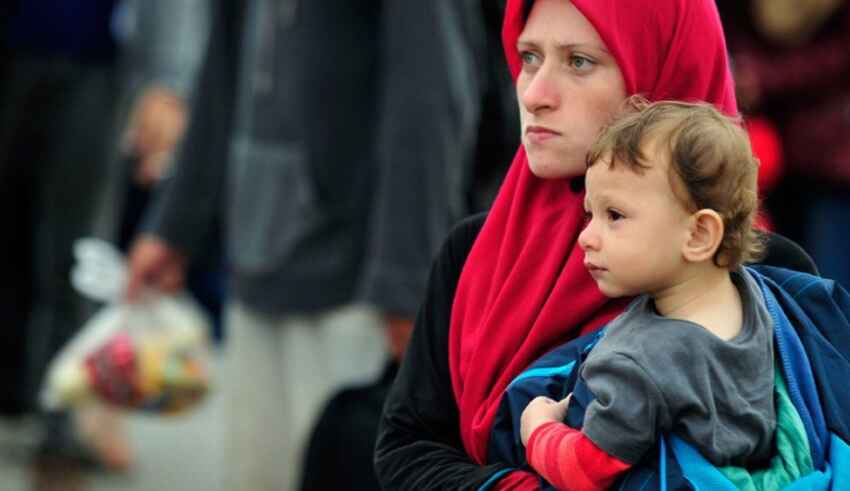
For many years, the depiction of migration as a phenomenon was based on a male approach, as it was assumed that males migrate more than women, primarily because of financial reasons, while the woman remained in their homelands or they followed men as family dependents. That is why women’s migration is poorly documented and not adequately addressed. In the last few years, an increase in the autonomous migration of women has been noticed, since more and more women pursue better living conditions. In fact, according to the latest estimations, over half of the international migrants in the Global North are a woman, and slightly less than half in the Global South.
During their migration journey, women have to deal with different challenges and risks compared to men. In many cases, women are experiencing human rights violations, discrimination, and abuse. As a non “gender-neutral” phenomenon, women’s migration should be addressed differently than men’s migration.
The primary reason that both men and women migrate is the lack of economic and social opportunities in the country of origin, while poverty and the need to support their families are decisive factors for such a move. The difference between men’s and women’s migration is that the latter usually takes place at an intermediate stage of economic growth, aiming at the development of their status, and not in cases of extreme impoverishment.
However, impoverishment is not always the driving force that makes women migrate, as community settings, family circumstances, traditions, and gender inequality provide the impetus to leave their homelands. Non-economic factors, like domestic violence, abusive marriages, and discrimination also drive women’s mobility. But the hope for a better future is not always the motive for women’s migration, as arranged marriages are a common tradition in some countries.
Particular attention should be paid to refugee women and girls, who are the most vulnerable to exploitation and sexual violence. In addition to the difficult living conditions that displaced women face, as access to food and other basic necessities is limited, they usually find themselves in situations where security can’t be assured. Trafficking of women for forced labor and prostitution is common, especially for the most vulnerable migrants. Usually, women in the hunt for new opportunities in a foreign land are getting trapped in different forms of exploitation that reach the point of slavery.
Although there are many risks that women and girls face during migration, such a process can prove very beneficial in some cases. Moving to a new country and becoming economically independent, women gain independence, autonomy, and freedom and become more assertive. They also get to meet new people and different cultures, open their horizons and participate in society in ways that they could not in their country of origin. Migration can also have a positive influence on the societies of destination, as migrant women usually are very active on issues related to gender equality and empowerment. Additionally, the formative role of women in societies as mothers can function as a channel for new ideas and cultures.
The creation of policies and laws that reflect and address the specific needs of women migrants, the challenges that they face, and the different conditions under which such a move is taking place is necessary. Additionally, focus should be given to the promotion of the new opportunities that women have in the destination countries by primarily ensuring their security.
By The European Institute for International Law and International Relations.













